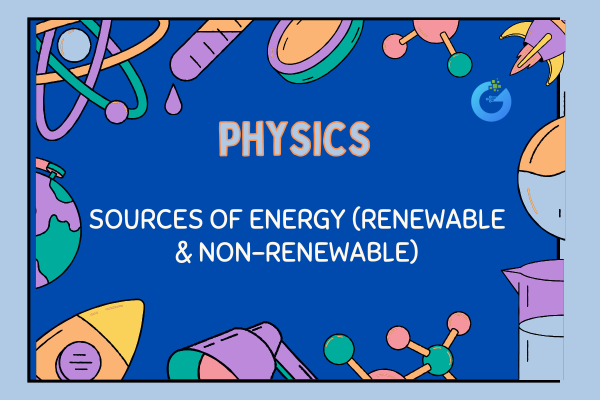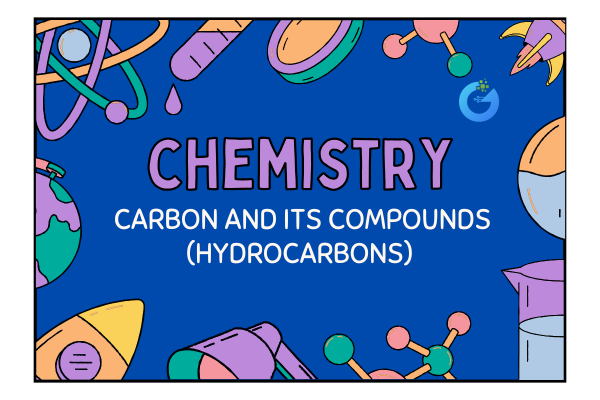Introduction
Why does salt form solid crystals while water flows freely? Why can one conduct electricity when dissolved and the other can’t?
It all comes down to how atoms bond with each other.
Atoms don’t like being unstable, and they’re always looking to fill their outermost electron shells. To do that, they either give, take, or share electrons—and this behavior leads to the formation of two main types of chemical bonds: ionic and covalent.
In this Class 10 Chemistry topic, we’ll learn:
- What chemical bonds are
- How ionic and covalent bonds are formed
- How these bonds affect the properties of substances
Let’s break it down, one concept at a time.
expert-led Chemistry classes – visit our website to learn more
What Is a Chemical Bond?
A chemical bond is the force that holds atoms together in a molecule or compound.
Think of it like glue—but not the sticky kind you use in art class. This glue is made of attractive forces between atoms that keep them from flying apart.
There are two main types we focus on in Class 10:
| Bond Type | How It’s Formed |
| Ionic Bond | By transfer of electrons |
| Covalent Bond | By sharing of electrons |
Ionic Bond – The Bond of Transfer
An ionic bond is formed when one atom gives up electrons and another atom takes them.
- This usually happens between a metal (which loses electrons) and a non-metal (which gains electrons).
- The metal becomes a positive ion (cation).
- The non-metal becomes a negative ion (anion).
- These oppositely charged ions attract each other—just like magnets.
Example: Formation of Sodium Chloride (NaCl)
- Sodium (Na) has 1 electron in its outer shell → it wants to lose it.
- Chlorine (Cl) has 7 electrons in its outer shell → it wants 1 more.
Na → Na⁺ + 1e⁻
Cl + 1e⁻ → Cl⁻
Na⁺ + Cl⁻ → NaCl (table salt)
Properties of Ionic Compounds
- High melting and boiling points (strong electrostatic force between ions)
- Form crystals (regular arrangement of ions)
- Soluble in water
- Conduct electricity in molten or aqueous state (because ions are free to move)
Covalent Bond – The Bond of Sharing
A covalent bond is formed when two atoms share electrons instead of giving them away.
- This usually happens between non-metal atoms.
- No ions are formed.
- The bond is formed by mutual sharing to achieve a full outer shell.
Example 1: Formation of Water (H₂O)
- Oxygen needs 2 electrons to complete its outer shell.
- Each hydrogen atom has 1 electron and needs 1 more.
- Each hydrogen shares 1 electron with oxygen.
Result:
H – O – H
Water molecule with covalent bonds.
Example 2: Methane (CH₄)
- Carbon has 4 electrons in its outer shell and needs 4 more.
- It shares one electron each with 4 hydrogen atoms.
Result: CH₄ (Methane)
Properties of Covalent Compounds
- Low melting and boiling points (weak forces between molecules)
- Generally don’t conduct electricity
- Usually found as gases or liquids
- Not very soluble in water (exceptions exist)
Quick Comparison: Ionic vs. Covalent Bonds
| Property | Ionic Bond | Covalent Bond |
| Formed by | Transfer of electrons | Sharing of electrons |
| Between | Metal and Non-metal | Two or more Non-metals |
| Ions formed? | Yes | No |
| Conductivity | Yes (in solution/molten) | No |
| Melting/Boiling Point | High | Low |
| Example | NaCl, CaCl₂ | H₂O, CO₂, CH₄ |
| State at Room Temperature | Usually solid | Gases, liquids, or soft solids |
Why Do Atoms Bond in the First Place?
Atoms form bonds to become stable—that means having a full outermost shell (usually 8 electrons, called the octet rule).
Whether it’s donating electrons (ionic) or sharing (covalent), the goal is the same: achieving stability.
Core Concepts Table
| Term | Meaning |
| Cation | A positively charged ion (lost electrons) |
| Anion | A negatively charged ion (gained electrons) |
| Ionic Bond | Formed by attraction between oppositely charged ions |
| Covalent Bond | Formed by sharing electrons between non-metals |
| Molecule | Smallest unit of a covalent compound |
Frequently Asked Questions
Q1. Why do metals form cations?
Because they have few electrons in their outer shell, which they lose easily to become stable.
Q2. Are ionic bonds stronger than covalent bonds?
Yes, ionic bonds are generally stronger due to the strong electrostatic force between oppositely charged ions.
Q3. Why don’t covalent compounds conduct electricity?
They don’t form ions, so there are no free charges to carry current.
Q4. Is NaCl ionic or covalent?
NaCl is an ionic compound—formed by transfer of electrons between Na and Cl.
Q5. Why do covalent compounds melt easily?
Because the forces between molecules (not the bonds themselves) are weak.
Fun Facts
- Salt (NaCl) forms cube-shaped crystals naturally!
- Water is polar—though it’s covalent, it has partial charges that make it excellent at dissolving substances.
- Diamond and graphite are both covalently bonded carbon—but their properties are completely different.
- Covalent bonding is the basis for most life-forming molecules like proteins, fats, and DNA.
Conclusion
Chemical bonding is like teamwork between atoms—either by sharing (covalent) or transferring (ionic) electrons to reach a stable, balanced state.
By understanding ionic and covalent bonds, you understand why substances behave the way they do—why some dissolve in water, why some conduct electricity, and even how your body’s molecules hold together.
So next time you sprinkle salt on your fries or sip a glass of water—remember, there’s bonding at work.








